We are rice import export company in Turkey
About Rice
Rice has been grown in five continents and in more than 100 countries, and it is the third product in the world after Wheat and Corn in amount and also as a consuming food product. It is the unique nutritional source of %70 people in the world.
It is estimated that it has been grown since 5.000 B.C. It was widely planted in Chinese Emperorship in 2.000 B.C. and in the following 500 years it was spread to Europe Continent via Anatolia and also to the Delta of Nile via Iran.
Rice entered into the continent of America coincidentally as a result of a vessel breakdown in 1685. In this continent, while it was becoming a widely consumed product, it was also made a commercial item. In the first place, 300 mt. rice was exported to England and in 20 years time this amount reached to 4.500 mt by enlarging rice planting fields. In 1850, with the start of machine phase, production was modernized and rice was started to be grown even in arid lands which were not easy to cultivate. For rice cultivation which requires heavy laborship, manpower was supplied by the Chinese.
Today, the biggest production of rice in the world has been performed in mainly China, South and East Asian countries, India, Bangladesh, Pakistan, Thailand, Vietnam, Indonesia and America, in Africa continent, Egyptian-Arab Republic.
These countries are, at the same time, the biggest exporters of rice in the world.
In Turkey, rice has been grown widely in Thracian Part of Turkey, around Samsun, Corum, Balikesir and Kastamonu. Annual amount of production is approximately 550-600.000 mt. of paddy which means 350.000 mt of rice.
The rice is consumed directly in the food industry and it satisfies sometimes nearly the whole demand or in the years when rice growers are not supported, 70% of the demand of the country. When there is a need for rice demand, it is met by import.
Rice is harvested as grains called paddy which are 14 mm. long and 3.7-4 mm. wide covered with husk.
Its husk is removed in rice milling factory and with this process rice becomes Cargo. Then it is polished, whitened and becomes white rice. It is presented to market as packed in bags as raw or in semi-cooked and completely cooked forms.
Around the world, commercially, rice is known mainly as three types according to their grain dimensions.
On the other hand, it has 40.000 varieties all over the world.
With their colors and types, long, middle and short grain rice again differ among themselves according to their colors such as black, white brown and yellow, and according to their shapes as fat, long, thin, round and flat types.
In the recent years, brown rice with thin husk has started to be consumed which does not have the process of polishing causing loss of its nutritional value partly. Brown rice is much richer in protein, vitamins B1, B2, B12 and E, and minerals such as phosphorus, iron, calcium and potassium.
The taste of rice, its cooking features, its appearance after cooking process, even its ability to appear like newly-cooked after re-heating, its ability to remain without scattered depend on the soil it is grown, temperature differences of irrigating water resulting from temperature differences between day and night.
Rice types in our country, Gonen Baldo and Osmancik are very well known.
Links
Our company has been growing, getting cultivated importing and exporting this product as a representative on behalf of our group companies in international standards and specifications.
Rice import export
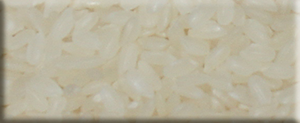
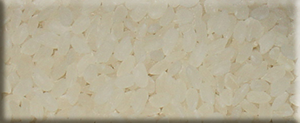


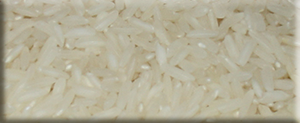
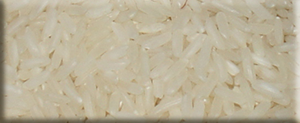
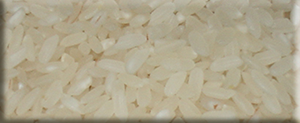
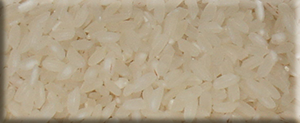
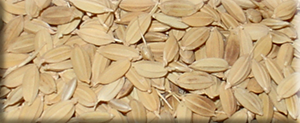
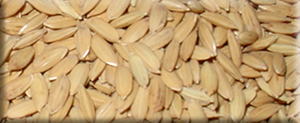
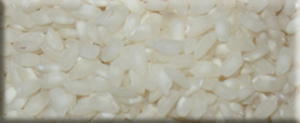
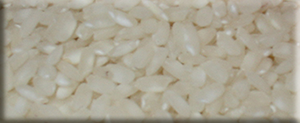
You're here: Homepage > Products > Agricultural Products > Rice import export




